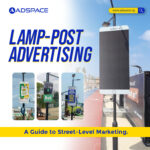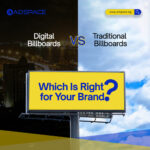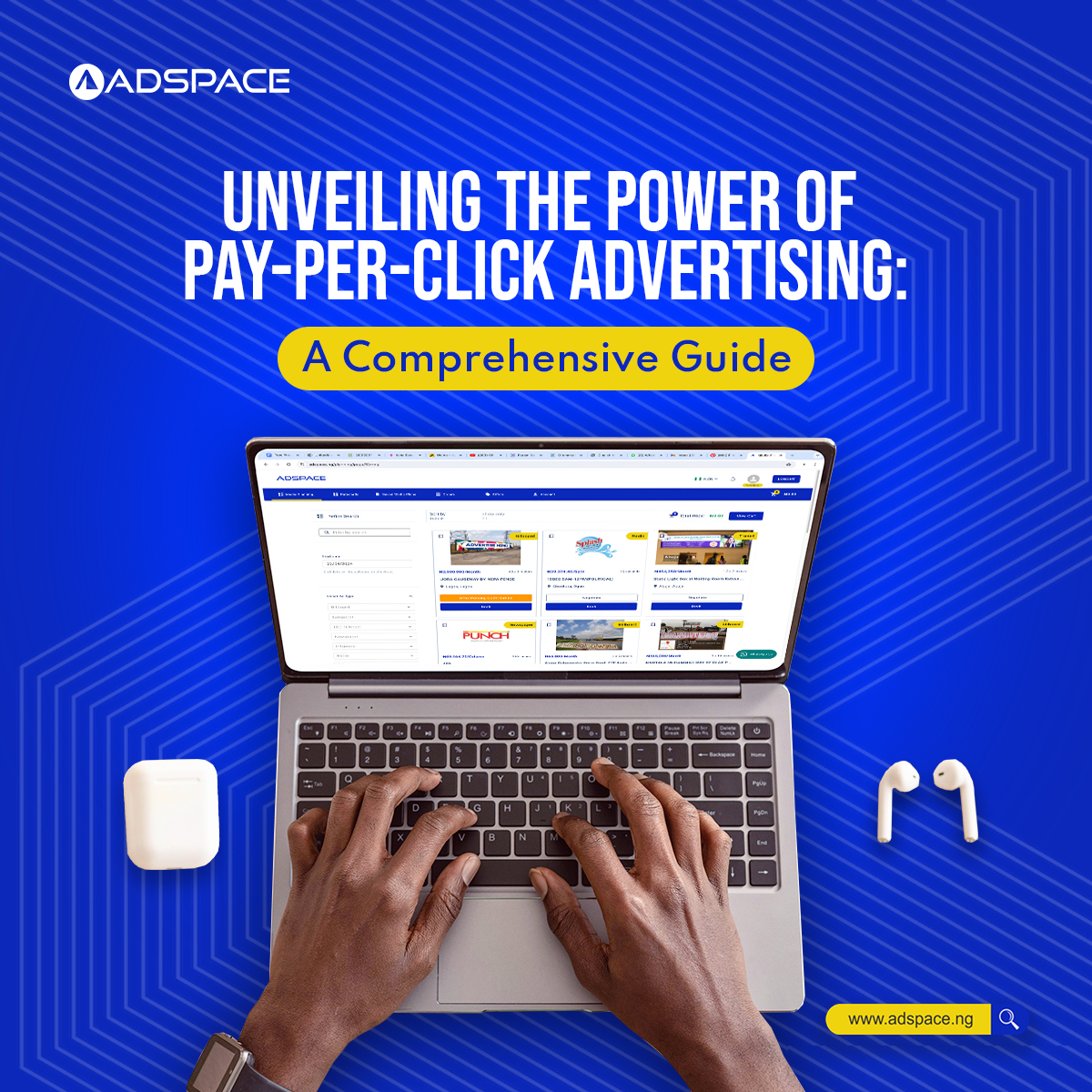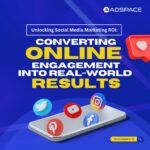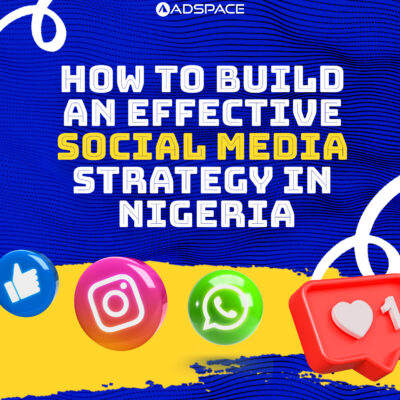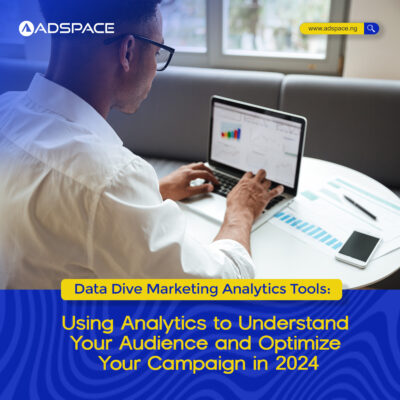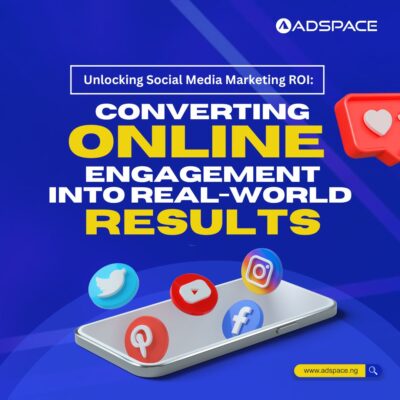Introduction to Pay-Per-Click Advertising
Definition and Importance of Pay-Per-Click (PPC) Advertising: Pay-Per-Click (PPC) advertising is a digital marketing model where advertisers pay a fee each time their ad is clicked. It’s a crucial component of online marketing strategies, offering immediate visibility and measurable results.
Understanding the Role of PPC in Digital Marketing Strategies: PPC plays a pivotal role in digital marketing by driving targeted traffic to websites, increasing brand awareness, and generating leads or sales. Unlike traditional advertising, PPC allows advertisers to precisely target their audience based on demographics, interests, and behaviors.
Google Ads: Unveiling the Power of Search Advertising
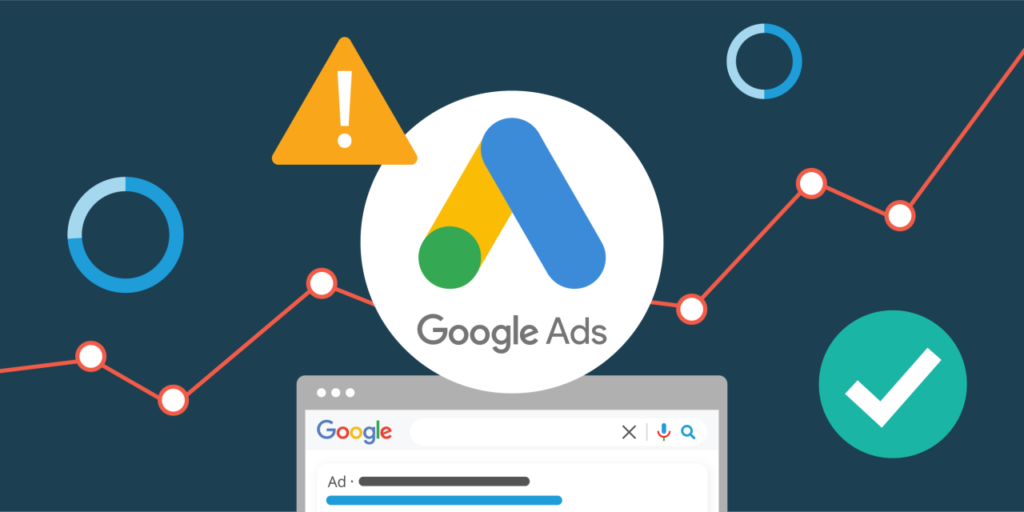
Exploring Google Ads and Its Reach: Google Ads, formerly known as Google AdWords, is the leading platform for search engine advertising. With billions of searches conducted on Google each day, Google Ads provides unparalleled reach to businesses seeking to connect with potential customers.
Strategies for Effective Google Ads Campaigns: Successful Google Ads campaigns begin with thorough keyword research and selection. Advertisers must identify relevant keywords that align with their offerings and have sufficient search volume. Additionally, crafting compelling ad copy and messaging is essential to capture the attention of searchers and encourage clicks. Optimization techniques, such as bid adjustments, ad extensions, and ad scheduling, further enhance campaign performance.
Social Media Ads: Leveraging Platforms for Targeted Advertising

Harnessing the Potential of Social Media Advertising: Social media advertising enables businesses to reach highly targeted audiences on platforms like Facebook, Instagram, Twitter, and LinkedIn. With advanced targeting options based on demographics, interests, and behaviors, advertisers can deliver tailored messages to the right people at the right time.
Best Practices for Creating Social Media Ad Campaigns: To maximize the effectiveness of social media ads, advertisers should focus on audience targeting and segmentation. By understanding their target audience’s preferences and behaviors, advertisers can create engaging ad content that resonates with their audience. Visual content and creative ad formats, such as videos, carousels, and slideshows, can capture attention and drive engagement. Campaign optimization techniques, including A/B testing, ad scheduling, and budget management, are crucial for maximizing ROI and achieving campaign objectives.
Display Advertising: Amplifying Brand Visibility Across the Web

Understanding Display Advertising and Its Benefits: Display advertising involves placing visual ads on websites, apps, and other digital platforms to increase brand visibility and drive website traffic. Display ads come in various formats, including banners, interstitials, and native ads, and can be targeted based on factors like demographics, interests, and browsing history.
Tips for Successful Display Ad Campaigns: Effective display ad campaigns start with strategic ad placement and targeting options. Advertisers should select relevant websites and apps frequented by their target audience to ensure maximum exposure. Designing compelling display ads with attention-grabbing visuals and persuasive messaging is essential for capturing audience attention and driving clicks. Remarketing strategies, such as targeting users who have previously visited your website, can help re-engage potential customers and increase conversion rates.
Video Advertising: Captivating Audiences with Visual Content

Embracing Video Advertising on Platforms like YouTube: Video advertising allows businesses to engage audiences with captivating visual content on platforms like YouTube. With its vast user base and diverse targeting options, YouTube offers advertisers a powerful platform to reach potential customers and drive brand awareness.
Techniques for Creating Effective Video Ad Campaigns: Creating effective video ad campaigns requires careful planning and execution. Storytelling and narrative development are key components of successful video ads, allowing brands to connect with viewers on an emotional level and communicate their message effectively. Advertisers should optimize videos for different platforms and devices to ensure optimal viewing experiences for their target audience. Measuring video ad performance and ROI through metrics like view-through rate, engagement rate, and conversion rate is essential for evaluating campaign effectiveness and making data-driven optimizations.
Shopping Ads: Driving Conversions with Product Listings
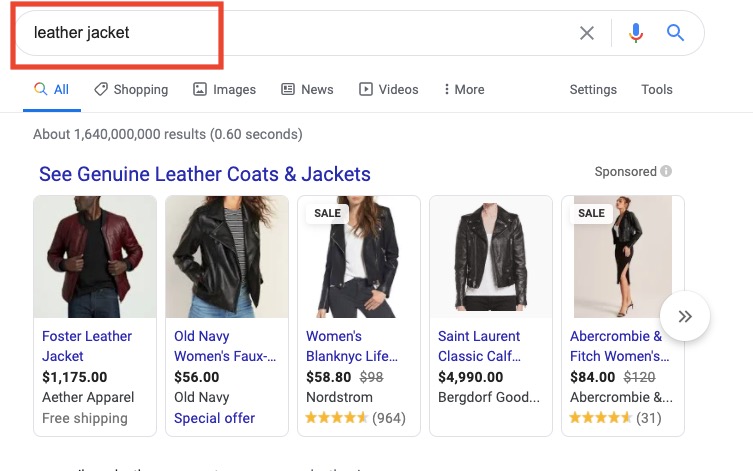
Introduction to Shopping Ads and E-commerce Advertising: Shopping ads, also known as product listing ads (PLAs), are a type of online advertising that displays product images and information directly within search engine results. These ads are highly effective for e-commerce businesses looking to promote their products and drive conversions.
Best Practices for Setting Up and Managing Shopping Ad Campaigns: To maximize the effectiveness of shopping ad campaigns, advertisers should focus on optimizing their product feeds, which contain information about their inventory, such as product titles, descriptions, prices, and images. Bidding strategies play a crucial role in shopping ad campaigns, as advertisers compete in auctions to have their ads displayed for relevant search queries. Monitoring performance metrics like click-through rate (CTR), conversion rate, and return on ad spend (ROAS) is essential for evaluating campaign performance and making adjustments to improve results.
Pay-Per-Click vs. Organic Traffic: Finding the Right Balance
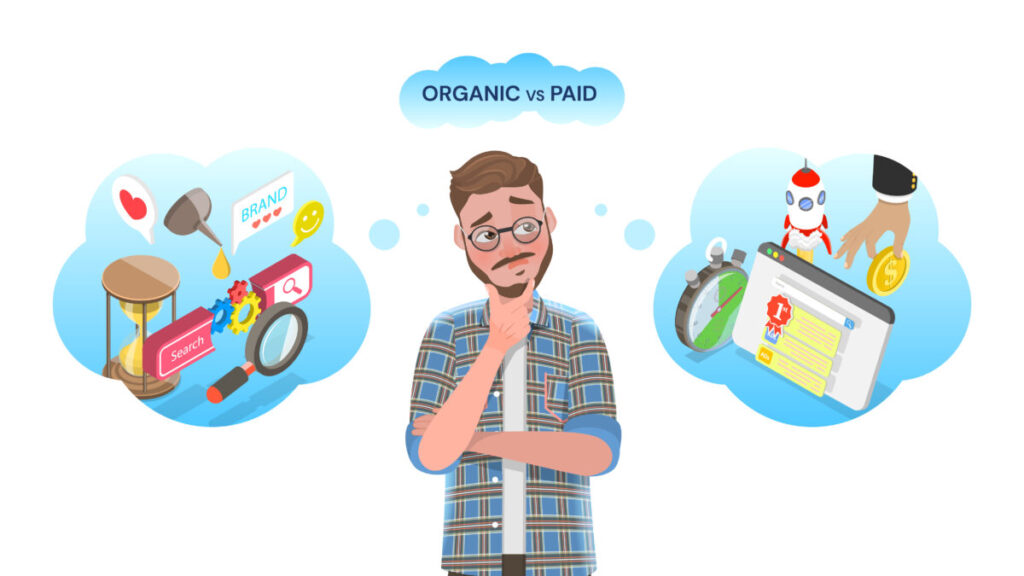
Comparing the Benefits and Limitations of PPC vs. Organic Search: Pay-per-click (PPC) advertising and organic search engine optimization (SEO) are two primary methods of driving traffic to a website. While PPC offers immediate visibility and control over ad placements, organic search results can provide long-term, sustainable traffic growth. Both approaches have their advantages and limitations, and finding the right balance between PPC and organic traffic is crucial for maximizing overall marketing effectiveness.
Strategies for Integrating PPC with Organic Marketing Efforts: Integrating PPC with organic marketing efforts involves aligning keyword targeting, content optimization, and messaging across both channels to create a cohesive brand experience for users. By leveraging insights from PPC campaigns to inform SEO strategy and vice versa, businesses can achieve greater synergy and improve overall campaign performance. Additionally, investing in content marketing and organic social media efforts can complement PPC campaigns by driving organic traffic and enhancing brand credibility and authority.
Budgeting and ROI: Maximizing Returns from PPC Campaigns
Setting Realistic Budgets and Goals for PPC Advertising: Budgeting for PPC advertising involves determining how much to allocate towards ad spend based on campaign objectives, target audience, and competitive landscape. Advertisers should set realistic goals for key performance indicators (KPIs) such as click-through rate (CTR), conversion rate, and return on ad spend (ROAS) to measure campaign success and inform budget allocations.
Analyzing ROI Metrics and Adjusting Campaign Strategies: Measuring return on investment (ROI) is essential for evaluating the effectiveness of PPC campaigns and making data-driven decisions to optimize performance. By analyzing ROI metrics like cost per acquisition (CPA), cost per click (CPC), and conversion value, advertisers can identify high-performing campaigns and allocate budget towards the most profitable channels and keywords. Continuous monitoring and optimization of PPC campaigns are crucial for maximizing returns and achieving long-term success.
Emerging Trends in Pay-Per-Click Advertising
Innovations and Developments Shaping the Future of PPC: Pay-per-click advertising is constantly evolving, with emerging trends and technologies reshaping the digital advertising landscape. Innovations such as machine learning, automation, and audience targeting capabilities are empowering advertisers to reach audiences more effectively and drive better results. Keeping abreast of these trends and leveraging them in PPC campaigns can give businesses a competitive edge and drive greater ROI.
Opportunities for Growth and Expansion in the PPC Landscape: As PPC advertising continues to evolve, there are abundant opportunities for businesses to explore new channels, targeting options, and ad formats to expand their reach and grow their customer base. By staying agile and experimenting with new strategies and technologies, advertisers can capitalize on emerging trends and unlock new avenues for growth and expansion in the PPC landscape.
Conclusion: Mastering Pay-Per-Click Advertising for Business Success
Summary of Key Takeaways and Insights: Pay-per-click advertising offers businesses a powerful tool for reaching their target audience, driving website traffic, and generating leads and conversions. By understanding the various PPC platforms, ad formats, and optimization strategies, businesses can create highly effective campaigns that deliver tangible results and drive business success.
Encouragement to Implement and Experiment with PPC Strategies: As businesses navigate the complexities of the digital advertising landscape, mastering pay-per-click advertising is essential for staying competitive and achieving marketing objectives. By implementing the strategies outlined in this guide and continually experimenting with new approaches and technologies, businesses can unlock the full potential of PPC advertising and drive sustainable growth and success.

